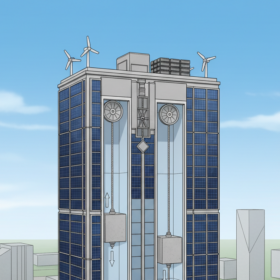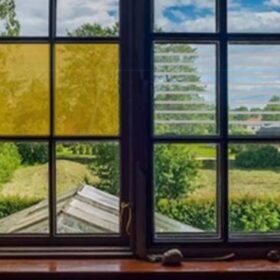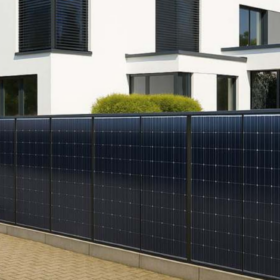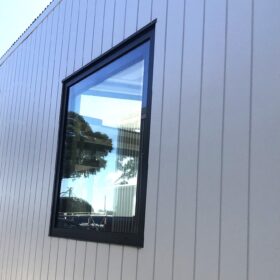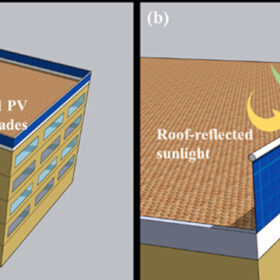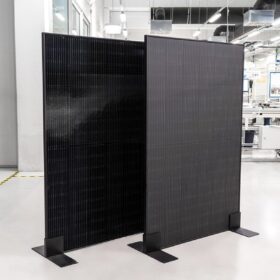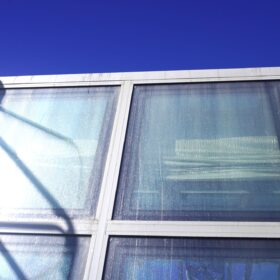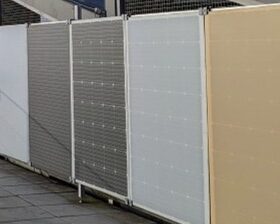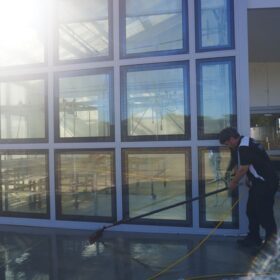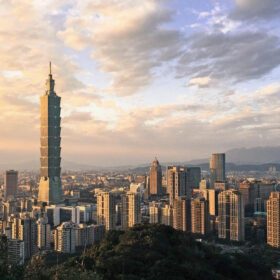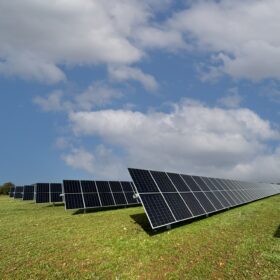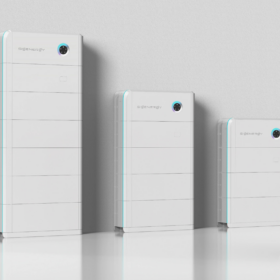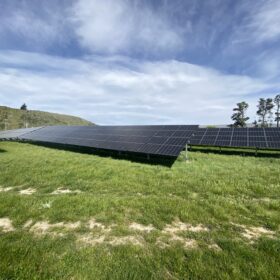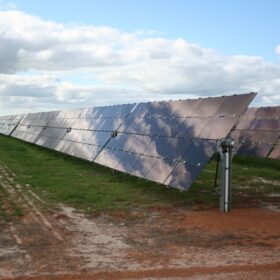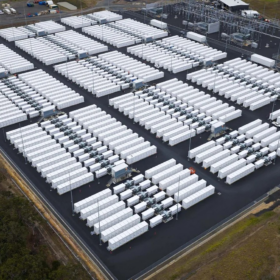High-rise buildings could soon use gravity energy storage, say researchers
Researchers in Canada have proposed using gravity-based energy storage in high-rise buildings, in combination with photovoltaic facades, small wind turbines, and lithium-ion batteries. Their modeling indicated that this hybrid system could achieve a levelized cost of energy ranging from $0.051/kWh to $0.111/kWh.
Building-integrated concentrating photovoltaics for vertical applications
An Indian-British research team has developed a building-integrated linear concentrating PV facade by sandwiching an asymmetric compound parabolic concentrator, PERC cells, and encapsulation layers between two sheets of glass.
Clickcon launches solar PV fence for residential, commercial sites
Germany-headquartered mounting system specialist Clickcon has developed a new vertical ground-mounted system compatible with commercially available framed PV modules.
ClearVue says next-gen solar glass delivers 66% more energy
Building-integrated PV specialist ClearVue Technology says the latest iteration of its solar vision glass delivers more than 66% additional energy output per square metre than its predecessor, while significantly reducing production complexity and costs.
Vertical bifacial photovoltaic balustrade for building edges
Conceived by scientists in Hong Kong, the solar balustrade integrates bifacial PV panels and is considered an ideal solution for “cool roofs.” Roof albedo and module orientation are critical drivers of system performance.
Solitek launches anti-glare black bifacial solar modules
Solitek has launched full-black 425 W bifacial solar modules with matte, satin-textured glass for glare-sensitive sites such as airports, road barriers, and buildings.
ClearVue BIPV solution achieves 2.6-year payback in Hong Kong trial
ClearVue Technologies says its solar facade solutions, that combine the company’s solar glazing units into a fully integrated energy generating building envelope, have achieved a payback period of less than three years in a Hong Kong government trial.
Glass-free, coloured PV modules for building rooftop retrofits, facades
Researchers from Swiss and Austrian institutions have demonstrated a novel design for a glass-free, structurally robust silicon PV module. With a weight below 6 kg/m2, the targeted application is older buildings with weak roof structure.
ClearVue does manufacturing and distribution deal for NZ
ClearVue Technologies has entered the New Zealand market through an exclusive manufacturing and distribution agreement for its solar glass and building integrated PV technology with Viridian Glass, the nation’s largest glass fabricator.
Taiwan proposes mandatory solar for new buildings
The Taiwanese government has proposed new rules requiring PV installations on most new, expanded, or renovated buildings. The draft standards aim to boost renewable energy and decarbonisation by setting minimum solar capacity requirements, with potential exemptions for insufficient sunlight or technical issues.
